
Book Review:
Framing Faith: A Pictorial History of Communities of Faith
Sarah Piccini
Ivana Pavelka
Tribute Books
2011
Disclaimer: Tribute Books invited me to review this book, and supplied me with an electronic copy of it. No other goods were received by me, and the opinions expressed here are my own. I thank Tribute Books for the opportunity to review this book.
Framing Faith: A Pictorial History of Communities of Faith is a tribute in pictures to the various Catholic ethnic groups which settled for a time in the Diocese of Scranton, Pennsylvania. From the mid-1800’s until the early 1900’s, immigrants from Europe moved into Northeast Pennsylvania to work in the coal mines and iron works which were the main industry of the region. Along with their distinct languages, the settlers brought their unique traditions and culture with them, especially those related to their Faith. This book showcases ten Catholic churches which were founded by different communities, and is a testimony to the devotion of the men and women who sought to retain their culture and faith in their new homeland.
This book originally started as a project to preserve some record of the many churches which were closing in Lackawanna County, which is part of the diocese of Scranton. Over time, the endeavor grew, with photographs provided for the book by art students as well as Ms. Pavelka. Ms. Piccini complimented the photo essay with a brief but relevant history of the founding, growth, and decline of each parish. Funding was provided by the ARTS Engage! Program, Northeastern Educational Intermediate Unit (NEIU 19), and the Lackawanna Heritage Valley Authority. The artists and writer who contributed to this book have succeeded in achieving their stated goal: to preserve the history of these now empty churches in an informative and entertaining manner.
Briefly, the book consists of an introduction and ten chapters. The introduction gives important background information to the reader. In the next ten chapters, ten churches are presented, from their humble beginnings in the hearts and minds of the people, to their construction, growth, maturation, and sad but inevitable closure. Most of the churches were started either to provide for the needs of a new wave of immigrants arriving from a different country, or because travel to the closest existing church was too far or difficult to face every Sunday. Construction for most of these churches was funded by the parishioners, and much of the labor was done by the men after a long day in the mines or foundries. The author reports that the people contributed to make each of the churches a thing of beauty, with an emphasis on devotions which were specific to each particular ethnic group. Key events in the history of the churches - and the pastors who led the parish through them - were mentioned as well. The closure of each church, but not really any explanation for it, ends each chapter.
Every chapter includes photographs taken by Ms. Pavelka and her students. The pictures vary in each chapter, from external shots, close-ups of statues, to scenes in the sanctuary. These are an excellent collection of photographs of the churches at the time of closure. It is unfortunate that there are no pictures from the 1800’s or early 1900’s.
One thing which troubled me about this book was that there was no reason given for the closure of so many churches in one diocese. The most likely answer is that the coal and iron resources were depleted, and the jobs went away. As a result, the workers moved on. Another explanation is that the children of immigrants work hard to have a better life; usually this is done by pursuing an education and a professional career. Perhaps there is another explanation which I shall put forward: the closure of the churches is connected with the changes in the church which are reflected in the architecture.
In the introduction, a church is described as processing from the entrance - or narthex - where secular business takes place, to the baptismal font, or stoup of Holy Water. This is followed by a central aisle which leads the faithful up to the high altar. Upon this altar, we Catholics believe that the priest changes the bread and wine into the Body, Blood, Soul and Divinity of Jesus Christ. It is where Heaven comes down to Earth, and the fine metals, cloth, and silk used on the altar should convey to the faithful a sense that something Holy is taking place on the altar. Before the 1960’s, the priest faced away from the congregation, toward the Tabernacle, which was the center of the altar and held the consecrated Hosts. For a Catholic, the Tabernacle is the most important part of the altar. A good example of this is a quote about Fr. George Schmidt, who was pastor of St. Mary’s starting in 1928:
Father Schmidt was a devout and pious man, for whom “everything accomplished started at the Tabernacle....they have noticed his daily visits to Our Lord in the Blessed Sacrament....” (p. 27)
Contrast this with what happened to every one of these churches. For six of the churches, Ms. Piccini specifically mentions that renovations were made in order to conform with changes made after Vatican II in the 1960’s. Some of the most common changes were the placement of the altar so the priest faces the congregation, and elimination of the Communion rail; I have no idea what was changed in any of these churches because there are no old pictures. But what I can see is that in at least half of the churches, the Tabernacle is no longer front and center on the altar; instead, a stately chair, more like a throne, is positioned in the place of honor.
One altar - the one where Fr. Schmidt spent so much time before the Blessed Sacrament - looks like something off the set of Star Trek - The Original Series:
 (Photo: Ivana Pavelka - notes added by me)
(Photo: Ivana Pavelka - notes added by me)I would argue that the changes in the church architecture represent an emphasis on Man over God. God has been relegated to the sidelines by placing the Tabernacle on a side altar, and Man is the center of one’s attention at the summit of the altar. The priest now faces the congregation, so that the people concentrate upon him rather than the devotions and intercessions he would offer to God for his people if he were facing the altar. It would follow that putting Man before God will result in a loss of the faithful, loss of vocations, loss of churches. I don’t mean to single out the Diocese of Scranton; this has happened all over the world.
This book was a good read; I recommend it to all history buffs. I found the historical vignette of each parish fascinating, and the pictures were an excellent representation of each church. I also enjoy any book which makes me think; in this case, thinking of a possible connection between architecture and our Faith.
Stephen M. Donahue
May 22, 2011
UPDATE:
Here are various links for the book which I neglected to publish last night:
Book web site:
http://www.framingfaith.com
Book Facebook:
http://www.facebook.com/pages/
Sarah Piccini Facebook:
http://www.facebook.com/#!/
Ivana Pavelka Facebook:
http://www.facebook.com/#!/
Tribute Books website:
http://www.tribute-books.com
Tribute Books Facebook:
http://www.facebook.com/pages/
Tribute Books Twitter:
http://www.twitter.com/







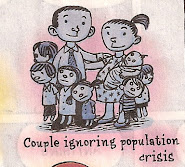
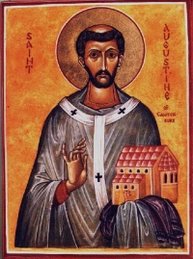



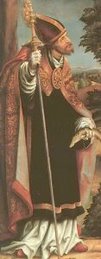
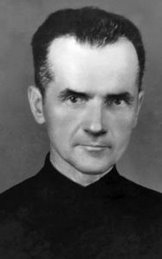

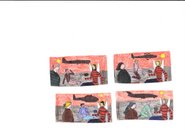
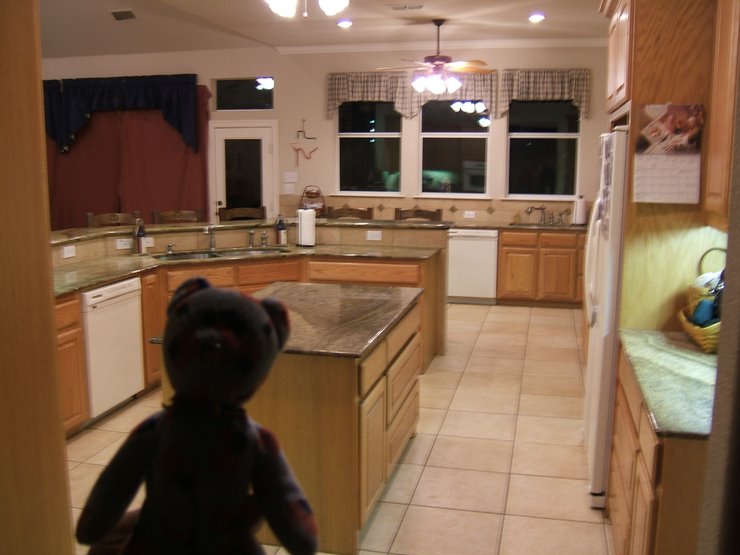
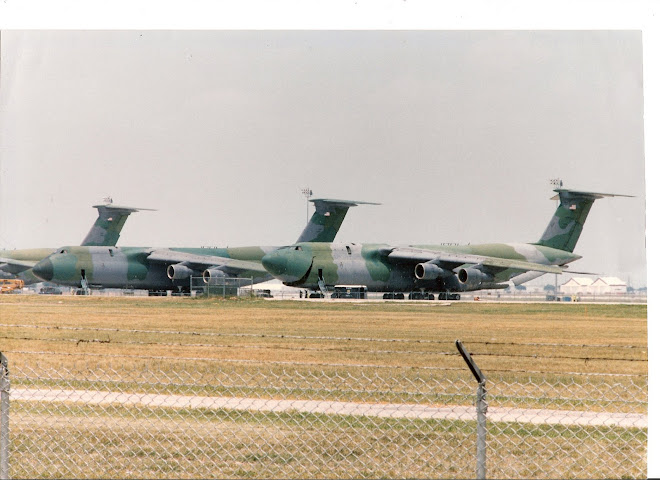
5 comments:
Stephen - thanks for reviewing "Framing Faith" and for hosting a stop on the blog tour. We appreciate your support of the book and for helping us spread the word to Catholics who might be interested in reading it.
I also wanted to provide you with more information from the introduction regarding the reason behind the closing of the churches:
"Bishop Martino embarked on a consolidation process Called to Holiness and Mission: Pastoral Planning in the Diocese of Scranton, a project designed to foster the spiritual and pastoral renewal of the Diocese, and to respond to demographic changes, diminishing financial resources
and the need to assign priests in a more effective way to serve the faithful. The decision regarding
which church buildings will close will be made based upon the geography, attendance, financial situation and availability of priests."
Please feel free to email Sarah at sarah@tribute-books.com if you would like more clarification.
Thanks. I went back and added on the links for the book at the bottom of my blog entry. I would be honored to review more books in the future. God bless.
Thanks for stoppin by my blog!
I will be back to read your review later today!
As a mom of 6 kiddos (living) and 1 miscarriage on Jan 20 2011 with a baby we named Christian Alexander... I am on my way out the door to interveiw a new OBGYN (I am not pregnant yet) but will not use the DR whom handled my miscarriage! No respect for life!
He told me to through my baby out in the trash....as it was not a baby just a clump of cells!
It is hard to find a Catholic DR.
Well I'm off to get ready for my appt.
Peace,
Georgiann
Georgiann: Consider the website One More Soul. You can look for NFP only doctors in your area:
http://onemoresoul.com/
God bless
Stephen Donahue
wow, what an intersting book!
Post a Comment